If you are on the hunt for new gear and you found this page either from watching a review or you are just browsing please consider using my amazon store. It costs you nothing extra but makes a huge difference to me and helps support this site and my free youtube videos, where I teach everything from sound design and production to the basics of synthesis course.
You can check it out here: https://bit.ly/robsgear
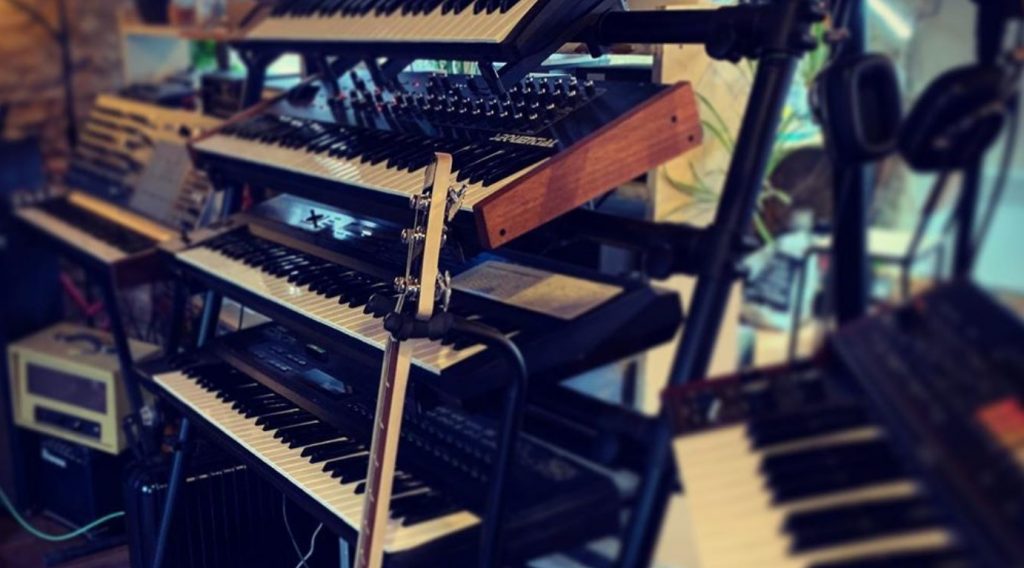
There’s something about people who enjoy synthwave and other genres of electronic music, that makes them as interested in the instruments, tech and production techniques as the music itself. With that in mind, this page showcases a few of the favourite tools in the studio, with an overview of what it is, how it is used and where you can hear it (assuming it makes a noise). These are in no particular order and should be treated as an overview. If you want more in depth info, sound demos and reviews, the head to the youtube channel, where you will find this kind of content. Please subscribe to get the latest videos in your inbox. There will also be instructional videos on how to create your own music.
You can also find more info on the gear used over at equipboard.com
Sequential Circuits Prophet rev2
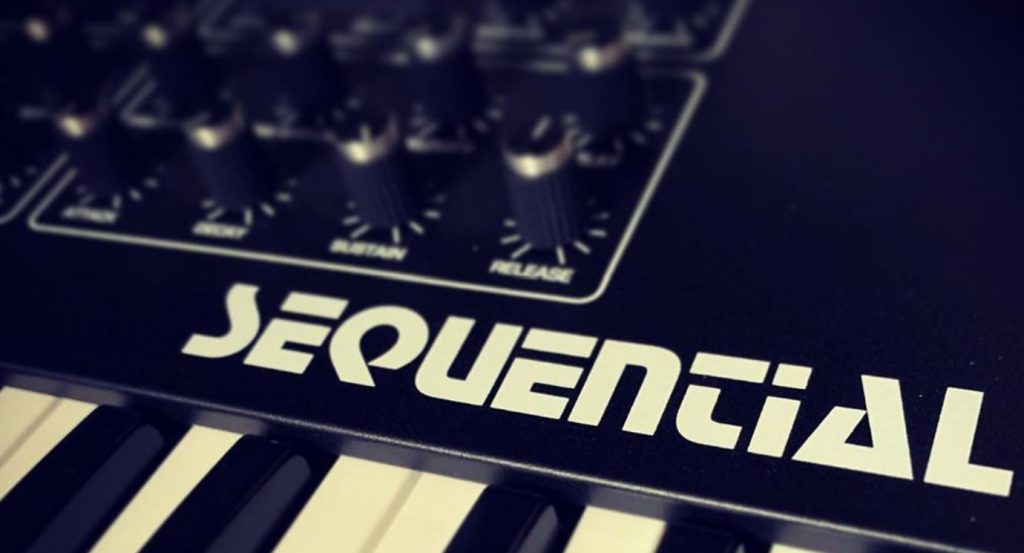
This is my favourite synth and makes it on to almost every recording. Its versatile, polyphonic, has incredible mod matrix and just sounds amazing. The keybed is good for a synth (although the sub37 is better) the build quality excellent and the controls all perfectly placed and solid feeling.
i love it mostly for its sheer breadth of tones. It can do thumping aggressive bass, howling leads, smooth slowly evolving pads and plucky tine-like sounds. The built in effects aren’t bad either which is a bonus. I’m always inspired when I switc this on and have lost endless hours playing with split or layered sounds, pretending I’m Vangelis. I just need an OB6 to go with it!
Moog Sub37
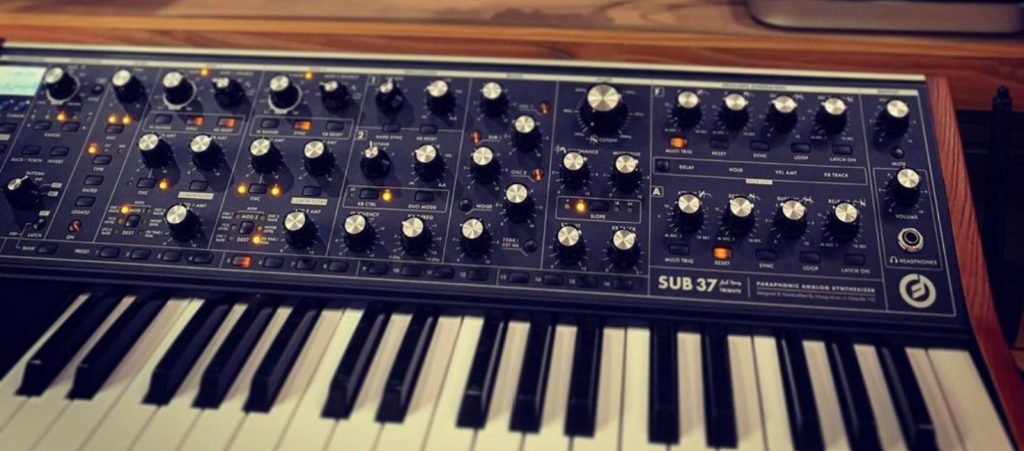
A modern day synth classic, the Moog Sub37 is finding it’s way into countless studios. It has a depth and versatility that makes it ideal for any genre and it’s interface makes it an intuitive machine to play. The sequencer is great but most of all is the tone. The Sub37 sounds great, covering the smoothest bass to the dirtiest leads. The obligatory ladder filter is there, as is the overdrive you used to get feeding a Minimoog into itself, only here it has a control to let you dial in perfect amounts of grit. A true workhorse
Arturia Matrixbrute
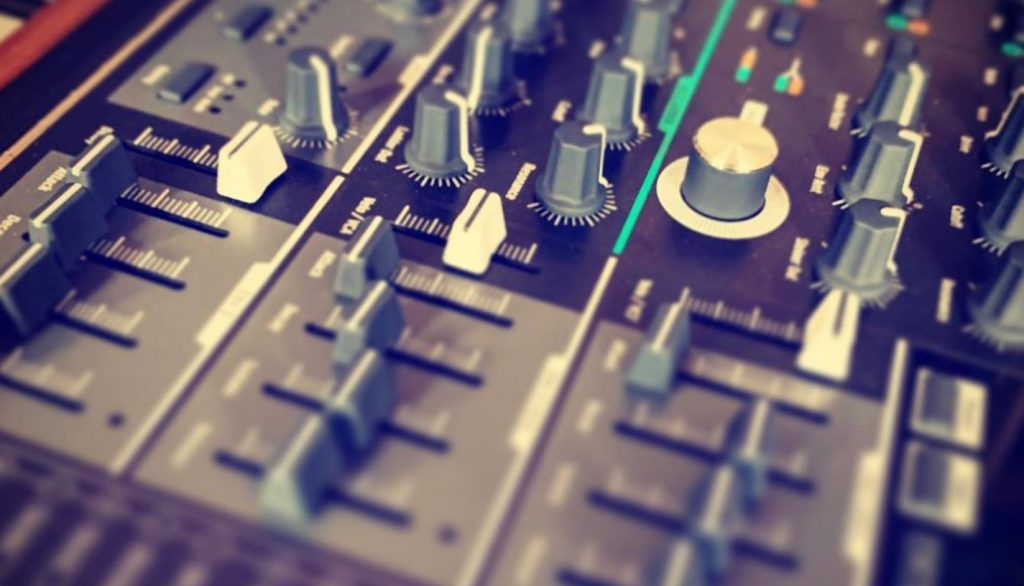
The brute family are well loved but none reach the heights of this behemoth. The matrixbrute is huge, in your face and has a sound to match. Its a proper knob per function machine but has the ‘grid’ for storing presets, setting up a sequence and, best of all, running as a mod matrix. This does incredible complex, evolving, lead sounds, brutish (sorry) bass tones and beautifully smooth three note chords. It even has a built in bucket brigade effects system which isn’t too shabby. Watch as the prices go up and up.
Roland System 8
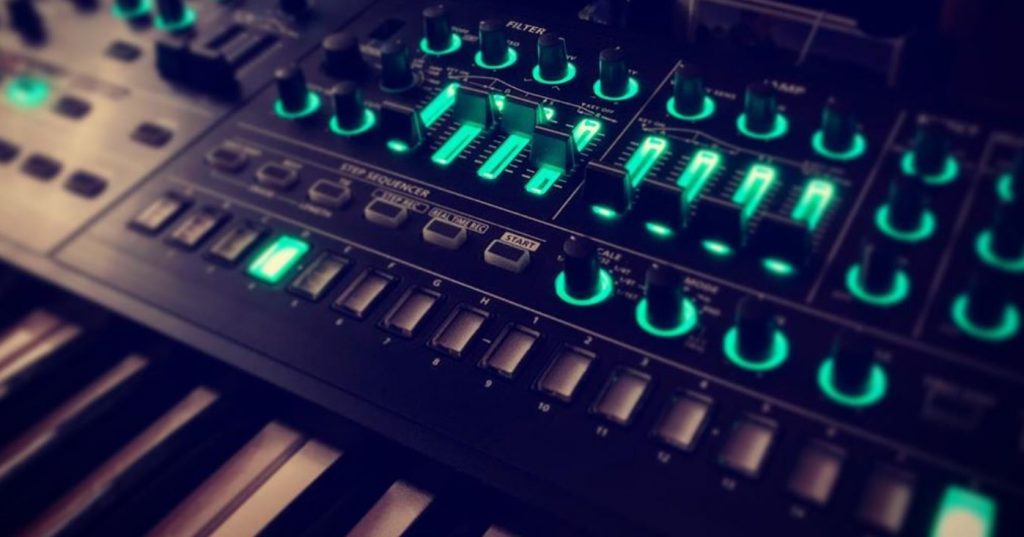
This machine does everything. Seriously, if I had to keep one synth in the studio it would have to be this, purely for versatility. It may not be as desirable as some of the others but man it sounds fantastic and is a joy to play. The big deal here is the plugout architecture, making this 4 synths in one. The system 8 engine itself is very cool, in a crisp, complex, modem way but the joy for me is in pressing a single button and turning it into a jupiter, a juno or an sh-101, three of my favourite synths. Better still I can store my sounds and even layer up sounds for performances , Inc,using sounds from different synths. The sequencer is basic but works well, as does the the arpeggiator. The green disco lights aren’t to everybody’s tastes but at least they match the TR808. This one is a keeper for sure. Its light too, so gigging won’t break your back.
ARP Odyssey
A hero from the 70s that’s come back to play under the care of Korg, the odyssey is a duophonic synth with more heritage than you can imagine. it does everything from funk to prog, sub basses, through wailing leads, to pad like textures, as well as sample and hold sequences reminiscent of the early days of synthesis. Perfect for recreating the Dr Who theme tune! Mini keys on the modern version are a small (yes, I know, sorry) compromise for the extra functions, such as all three filter types, USB port and a great midi implementation. This finds its way on to nearly every track.
Yamaha DX7
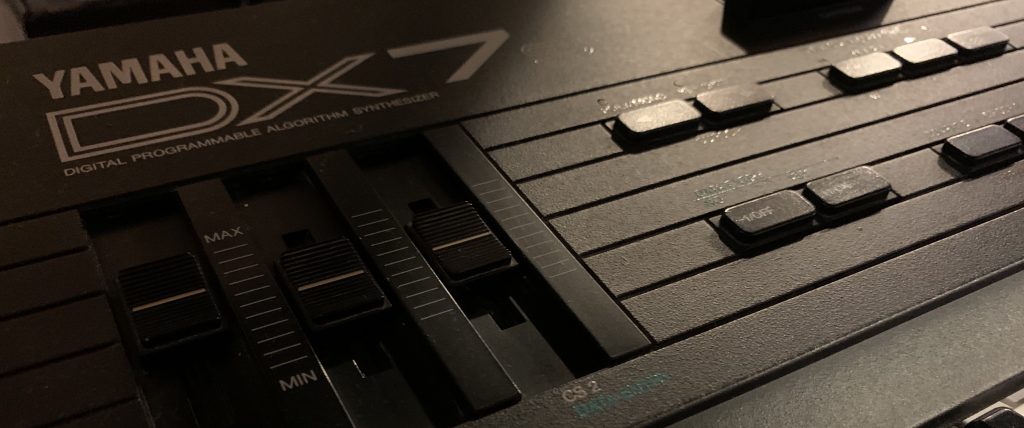
About as close as you can get to the sound of the 80s in one box, the dx7 heralded a new era for synthesis, with a new method for tone creation, that few could get their head round. That means you will have heard the preset sounds in countless hits. My favourite is the electric piano, which is a beautiful Rhodes sound. You can almost hear the tines. Best for slightly cheesy synthpop and i love it. Very much like…
Roland D50
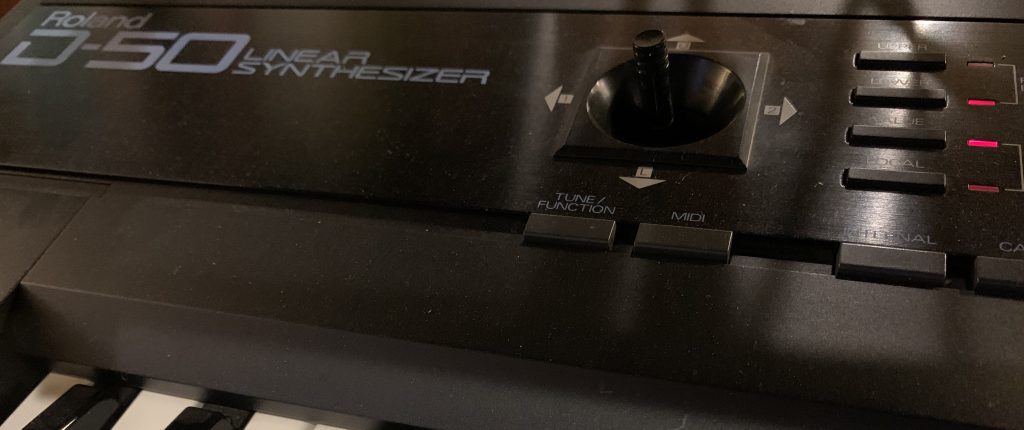
Another hero from the mid 80s the D50 is perhaps a little less revered than the Yamaha but is possibly more capable. Using similar synthesis methods but with a more airy, breath-like ability, the D50 does excellent choral tones, synth pads and complex fx sounds. It has a nicer key-bed too and feels very playable. It’s been on pretty much everything I’ve recorded.
Arturia Pigments 2
As much as I am a huge fan of analogue gear, both new and old, there’s a definite case to be made for certain software tools. For some its a great way to get the flavour of retro gear without the cost (or maintenance issues) but for others its a great way to have creative tools to hand that save space, as they are all housed in the computer. For me, software tools open up options that vintage hardware doesn’t. Pigments is a prime example of this. The best way to think of it is as a modular setup with a unified interface, that gives so many options for tone shaping and modulation, you’ll be exploring for years. It’s a fun and intuitive tool to use and it even has incredibly powerful sequencing and effects tools. Pigments, paired with a good midi controller keyboard, is a massively fun and playable instrument, that covers everything from traditional synth sounds to full on modern modular soundscapes and ambient tonalities.
Roland TR-8
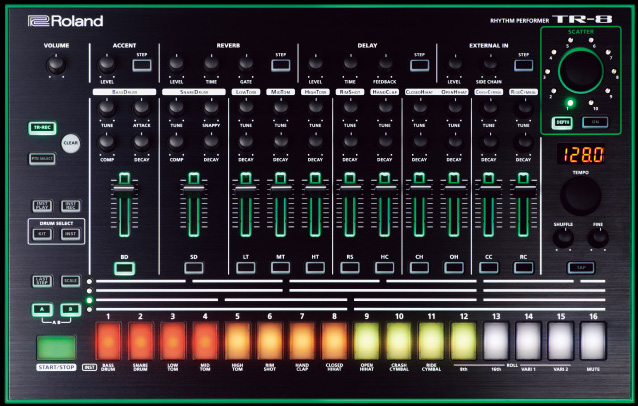
All of the above are perfectly capable of creating deep, warm kicks to bright snares among all other types of percussion. However, sometimes a dedicated rhythm composer is better option for song writing. With the obligatory 808 in the studio you might wonder why I’m listing the TR-8 instead. Well, the answer is down to integration. With so many tools being clocked by my DAW (logic in this case, although I use Ableton as well) its really useful having USB as the i/o of choice, as it’s less prone to drift and is more stable. The other plus point is that it can be loaded with other sounds from Roland, including the 909 , another favourite of mine.
Behringer VC340
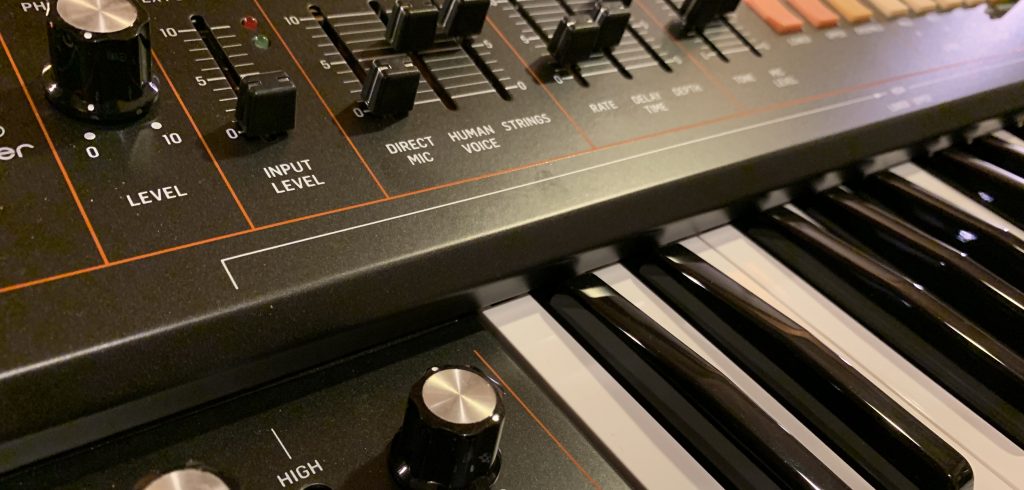
Ok, so it might be a bit of a one trick pony but the VC340 does that trick really well. If you like an authentic 70s vocoder sond, with a little choir and strings thrown in for good measure, this is as good as it gets. Personally it is only worth running with the ensemble engaged and it has limited use but that’s kind of the point. It has one job, at which it excels. It’s also stable and a damned lot cheaper than the Roland original (it sounds almost identical too).
Other gear (to be expanded on later)
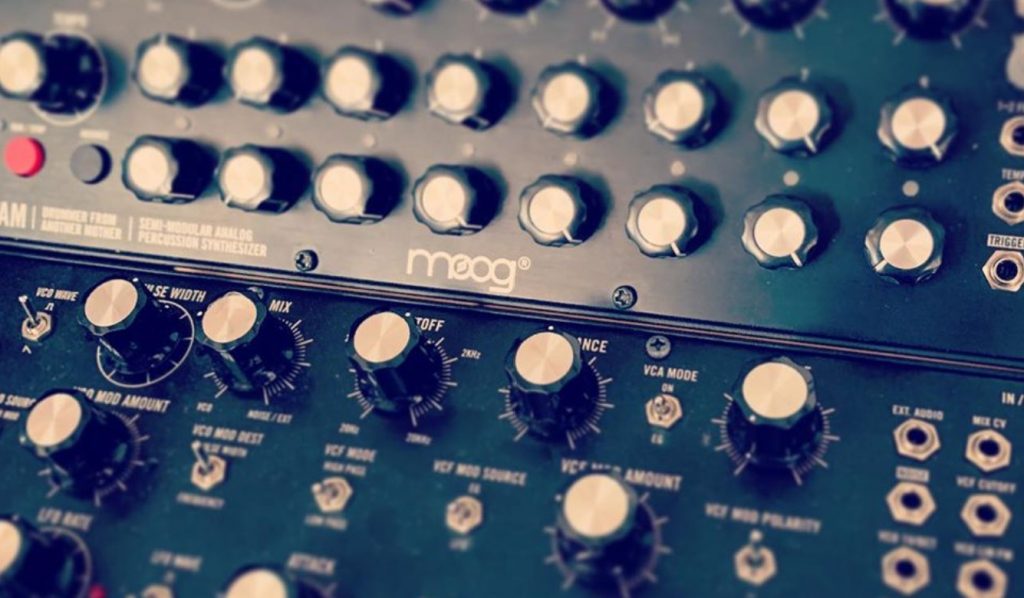
- Motu midi interface – some gear just have usb
- M-audio interface – 8 inputs and great preamps
- Mac mini – excellent workhorse for audio tasks
- Apple logic Pro – My DAW of choice
- Yamaha rev 500 – awesome rack reverb.
- Yamaha TX81Z – Fantastic rack mount FM synth
- Lexicon rack mount reverb – incredible effects unit
- Arturia drumbrute – awesome analogue drum machine
- Native Instruments SL – controller keyboard
- TC electronic flashback x4 – versatile delay pedal
- Strymon Flint – beautiful vintage term and reverb sounds
- MXR phase 90 – simple and iconic phaser. One button modulation
- TC electronic June 60 – a juno chorus clone. Not quite identical but sounds great
- Neutrik patcg bay – for ease of connecting everything
- Moog DFAM and Mother 32 – Great pair of semi modular synths teamed in one housing
- Korg SQ-1 – awesome analogue sequencer, mostly teamed up with the Odyssey
- Multiple guitars – separate post coming for them
- Ibanez Talman bass
- Hand designed and wired tube amp and cab
- Various software instruments – separate post coming for them
- Custom made desk to house ultrawide monitor speakers and screen
- LG ultrawide monitor – 21:9 aspect is great for timelines and multiple tracks
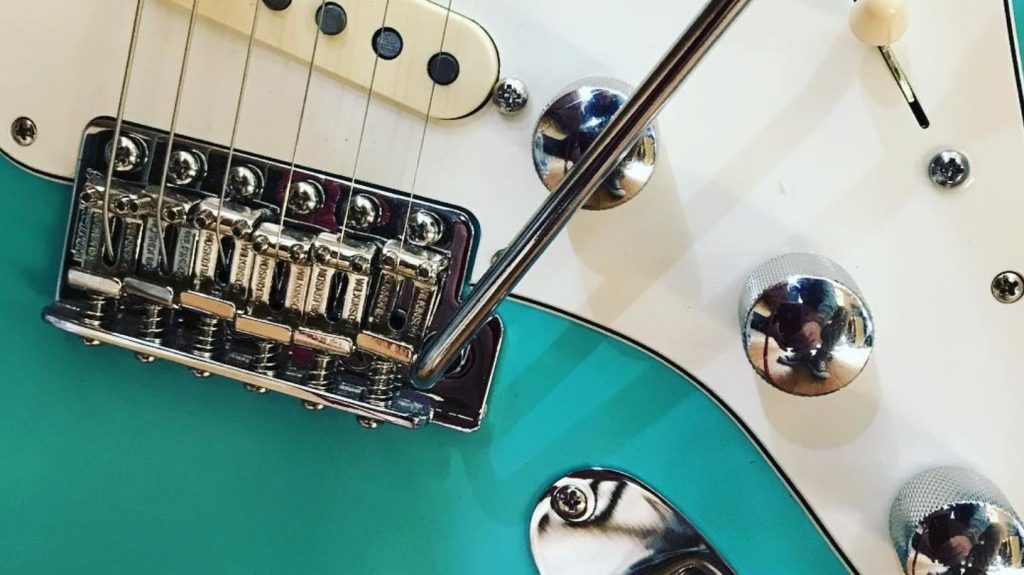
miscellaneous
There are so many other items that are vital to the studio but probably not worthy of listing, from Good quality cables, to audio recorders, random acoustic instruments, sound libraries and keyboard stands. Rather than extend the list I think I’ll do a studio tour video, so look out for that.
